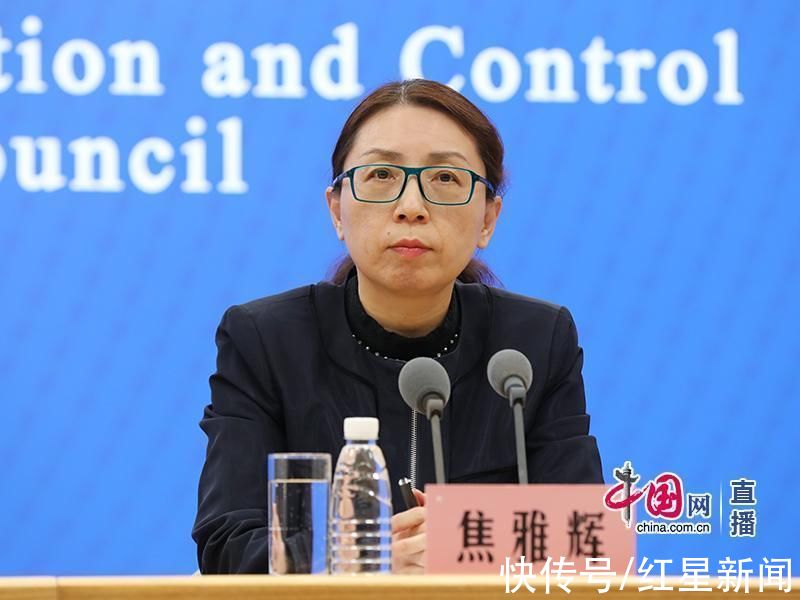On March 22, the Joint Prevention and Control Mechanism of the State Council held a press conference to introduce the situation concerning the prevention and control of the epidemic with prudence and sincerity. Jiao Yahui, director of the Medical Administration and Medical Administration Bureau of the National Health Commission, said that all provinces are required to build or come up with construction plans according to the situation of the epidemic to ensure that each province has at least 2-3 makeshift hospitals. At present, there are 33 makeshift hospitals that have been built or are under construction in the country, distributed in 19 cities in 12 provinces, of which 20 have been completed and 13 are under construction, with a total of 35,000 beds.

Jiao Yahui, director of the National Health Commission’s Medical Administration and Hospital Administration
About the location of concentrated isolation of light and asymptomatic patients, Jiao Yahui said , centralized isolation of hotels is also possible. However, hotels under centralized isolation management must be separated from centralized isolation hotels for close contact personnel, because these people are nucleic acid positive and must be separated from nucleic acid negative.
Jiao Yahui mentioned that the current rapid increase in the number of infected people means that the number of close contacts who need to be isolated is also increasing rapidly. Under such circumstances, the contradiction between supply and demand in isolated hotels and isolation points is very prominent and very tense. Therefore, many places have adopted the method of makeshift hospitals. Fangcang shelter hospitals are also China’s experience gained when the epidemic occurred in Wuhan. At that time, light patients were admitted to Fangcang shelter hospitals. On the one hand, they were treated, and on the other hand, the source of infection was well isolated from the society. The makeshift hospital model adopted by various places is also very effective and meets the regulations and requirements.
Jiao Yahui introduced that in order to guide the construction of Fangcang shelter hospitals in various places, the National Health and Health Commission, in the name of the Comprehensive Group of the Joint Prevention and Control Mechanism of the State Council, issued a management specification for the establishment of Fangcang shelter hospitals. , the setting of three districts and two channels, the setting and management of wards, the allocation of medical staff according to the proportion of beds, information technology, information transmission, sewage treatment, isolation management of patients’ living guarantee, and the entire makeshift hospital Security and other aspects, from the details of very detailed guidance.
It is reported that the comprehensive group also requires each province to build or come up with a construction plan according to the situation of the epidemic to ensure that each province has at least 2-3 makeshift hospitals. Even if there is no construction now, we must come up with a construction plan to ensure that when the makeshift hospital needs to be activated, it will be built and put into use within two days.
According to reports, there are 33 Fangcang shelter hospitals that have been built or are under construction across the country, distributed in 19 cities in 12 provinces, of which 20 have been built and 13 are under construction, with a total of 35,000 beds. open. These makeshift hospitals are mainly concentrated in Jilin, Shandong, Yunnan, Hebei, Fujian, Liaoning and other places. In terms of treatment effect, the built makeshift hospitals have played a very good role in quickly treating asymptomatic infected persons and mild patients in the process of epidemic disposal, and have also effectively relieved the shortage of local medical resources and the pressure of ensuring normal medical service demands.
Red Star News reporter Wu Yang intern reporter Hu Yiwen reported in Beijing
Editor Tan Wangyu
(Download Red Star News, there will be prizes for reporting materials!)
< img class="content_title" height="300" layout="responsive" sizes="(min-width: 320px) 320px, 100vw" src="https://p0.ssl.img.360kuai.com/t018f7190f25bfe1831.jpg" width="600">